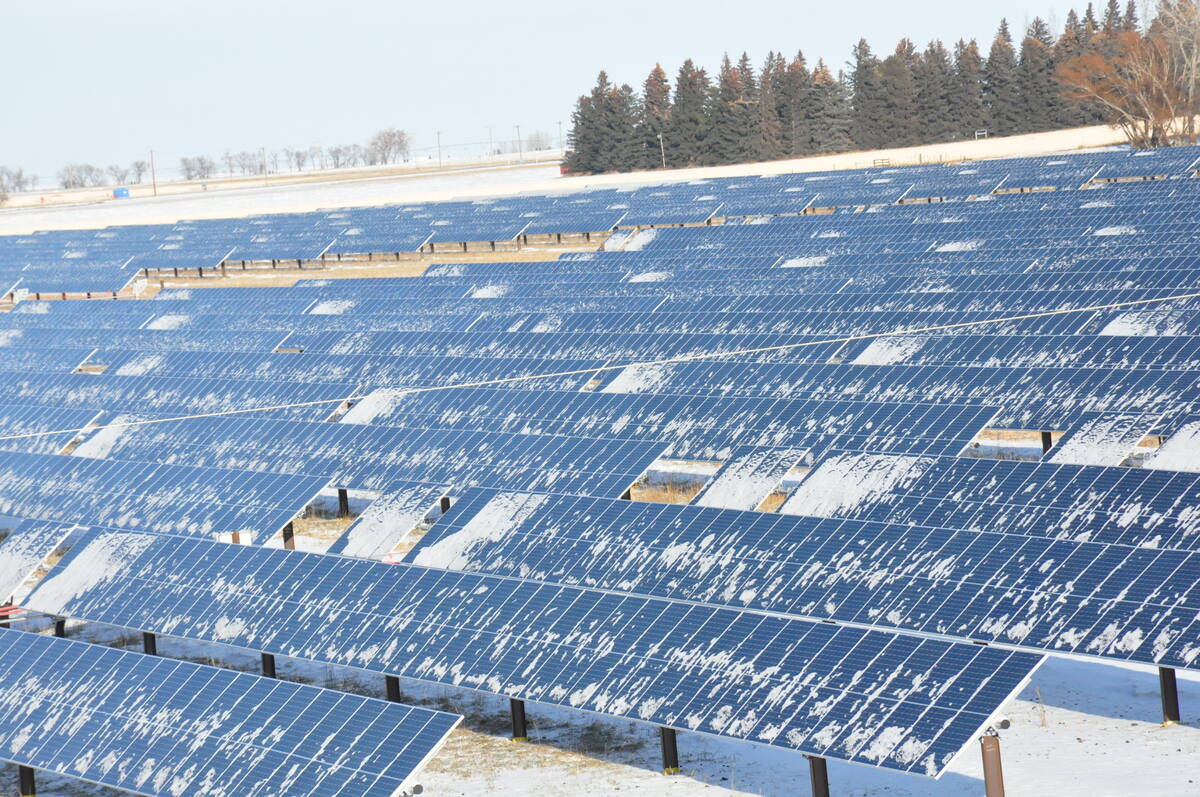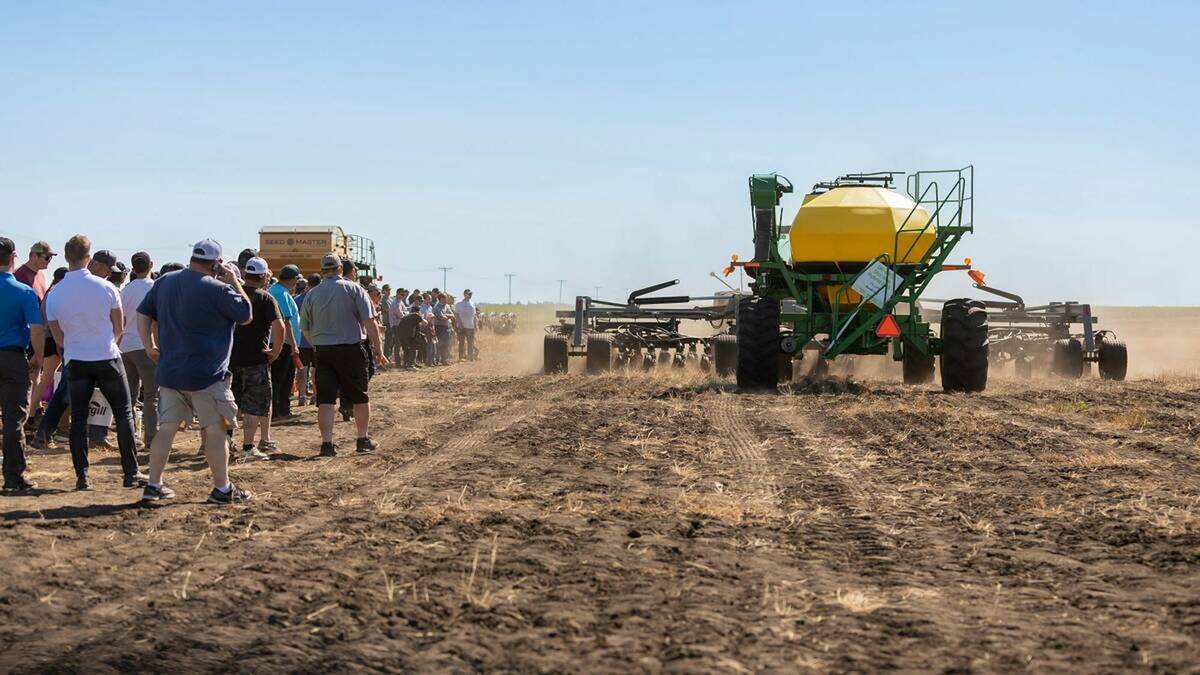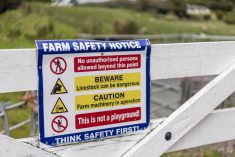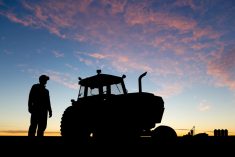While we’re all likely distracted by the twin political soap operas of the Trump presidency and our own looming federal election, this week is a reminder there are more important issues far closer to home.
It’s once again Canadian Agricultural Safety Week, an opportunity to remind oneself that farming might be a rewarding vocation, but it’s also a dangerous business.
The numbers are grim. According to a 2023 review from Canadian Agricultural Injury Reporting, from 1990 to 2020 there were 2,814 agriculture-related fatalities in Canada, an average of 91 deaths each year.
Read Also

Why agriculture is Canada’s energy ace
Why isn’t agriculture getting more play in Canada’s quest for efficient, renewable energy production? It should be
There are, however, signs of hope in the same report, which noted that between 2006 and 2020 the average number of fatalities drops to ‘just’ 70 per year.
While that’s progress, it’s still not enough. After all each one of those 70 is a family now missing a member, a community now short one productive citizen.
Looking at a list of Canada’s most dangerous professions, it’s easy to see some similarities. Most are physically demanding, done outdoors and often involve toiling alone in isolation. The stakes are high, support like medical treatment can be a good distance away and a moment’s inattention can lead to tragedy.
That’s why the safety experts say the important thing when it comes to preventing a serious accident or fatality is building a “safety culture” on your farm. That’s technically defined by one U.S. government agency as “the collective beliefs, perceptions and values that members of an organization share regarding safety.”
A simpler way to put it is making sure everyone on your farm — family members, employees and farm managers — think safety is important.
The next step is developing good habits out of those beliefs. You take the time at the beginning of a job to make sure you have the tools and safety equipment you need before you start. You tell people where you’re going and what you’re doing when you’re working remotely. If you have cell service, you make sure your phone is charged and keep it on you. This is good advice for farming and life.
The last thing anyone wants to do is more paperwork — but a written farm safety plan is a very powerful tool for building this culture of safety. One of its most important roles is communicating information on what to do to others. Put it this way — one study from just a few years ago found that just 14 per cent of farms had a written plan, but another 60 per cent had unwritten safety plans covering key risks.
What’s not clear is how much good an unwritten safety plan is going to do if the person whose head contains the plan has been rendered unconscious. Some of us can function better than others during time of crisis — but none of us are at our best. Having a clear and easy to access plan to fall back on can ensure precious time isn’t lost if an incident occurs.
Another important consideration is how you’ll be directing any emergency personnel to your location, should they be needed.
“Turn right at the Smith farm, look for the tree that was struck by lightning,” isn’t going to get an ambulance or fire crew to you quickly and efficiently when you need it most. GPS co-ordinates, legal land locations or the municipal numbering system used across much of the province will remove any confusion.
There are excellent resources out there to get it right on your farm. One of the best is FarmSafe Manitoba, an initiative of the Keystone Agricultural Producers (farmsafemanitoba.ca) which offers a one-stop shop for everything you might need.
Taking the time to get farm safety right will pay dividends for you, your employees and your family.
The goal isn’t to react to accidents — it’s to prevent them in the first place. That starts with everyone on the farm putting safety first in the coming season — and every season.
















